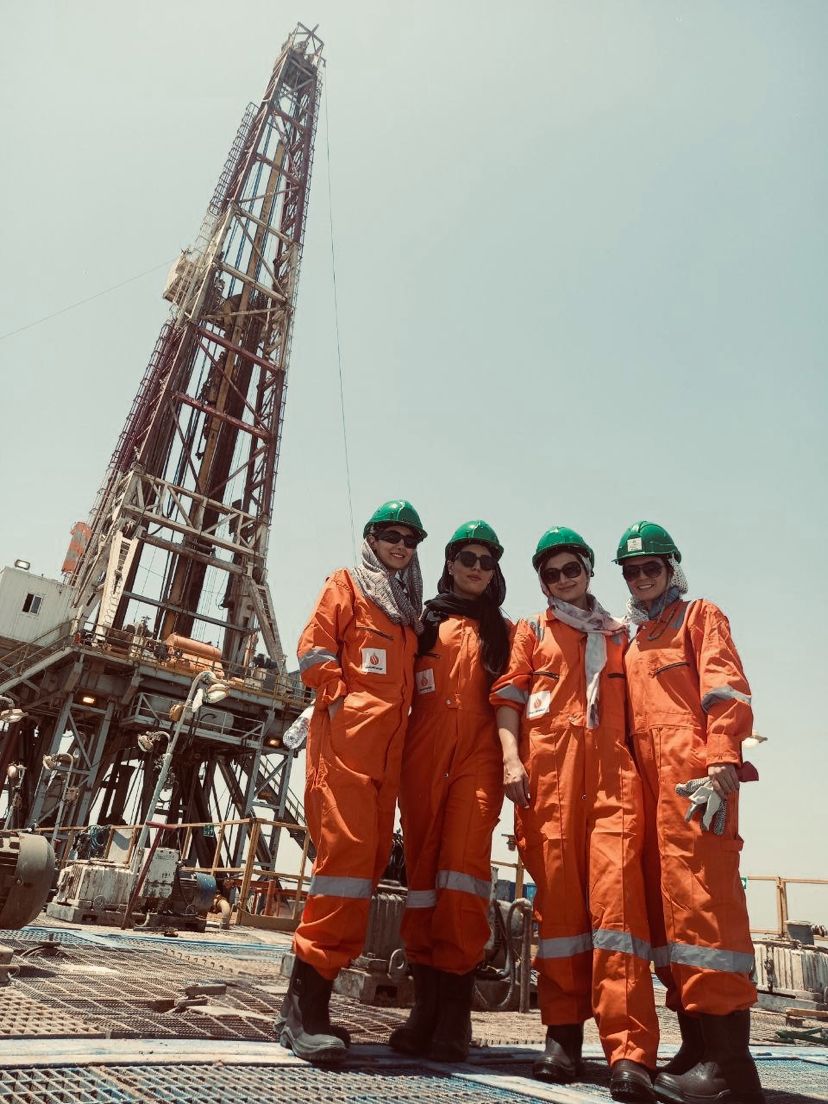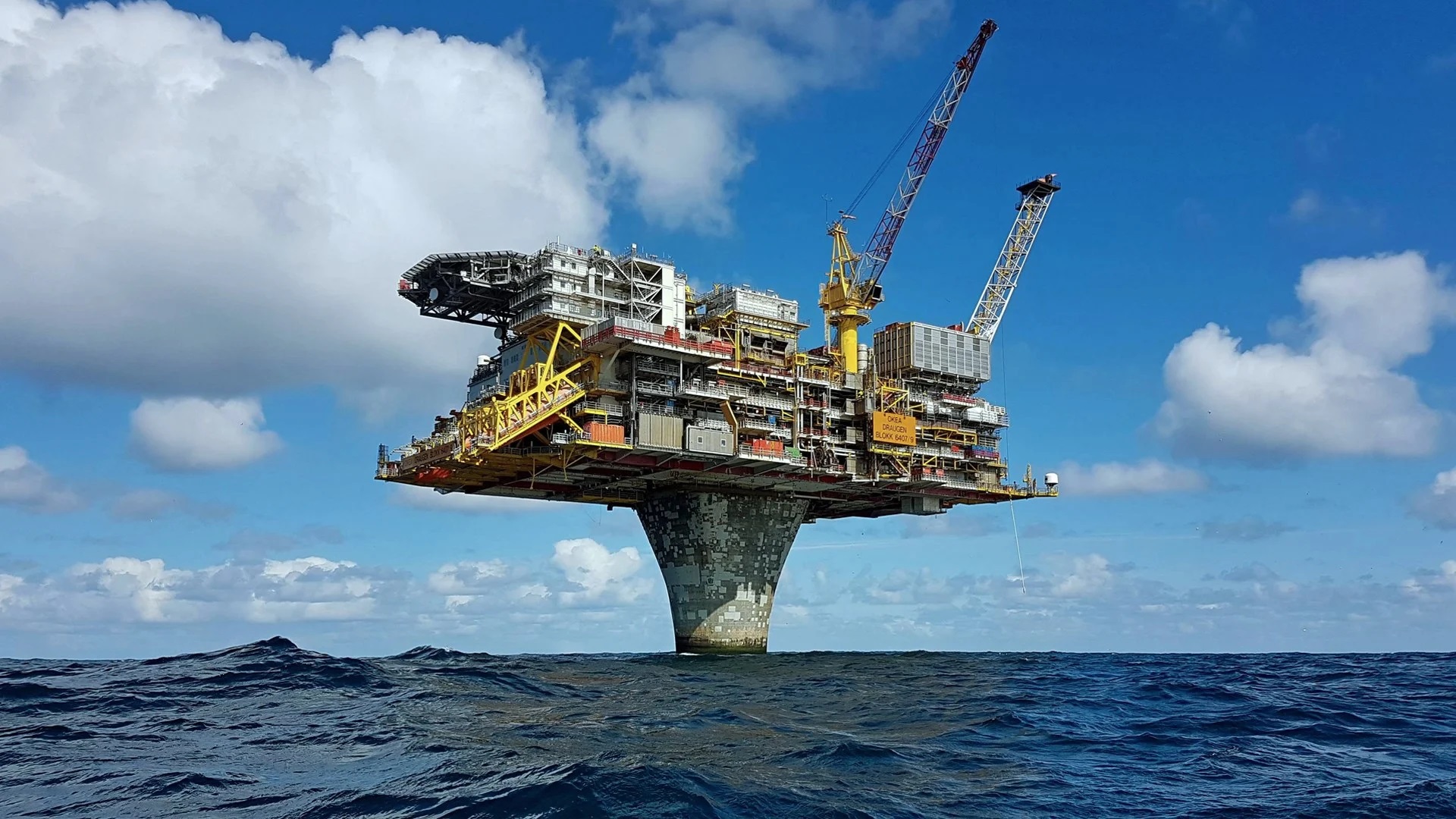Gender, equality, diversity? How much things have moved on since women in Great Britain were first granted the right to vote just 100 years ago when the Representation of the People Act was given Royal Assent by King George V in 1918. In its wake came the Sex Discrimination Removal Act in 1919 prohibiting disqualification of women from certain professions on the grounds of their sex, closely followed by the Law of Property Act in 1922 allowing both husband and wife to inherit property equally. Prior to that, women were required to cede all their property and financial assets to their husband upon marriage. 1970 saw the passing of the Equal Pay Act, whilst 1975 introduced the Sex Discrimination Act, making it illegal to discriminate against women in work, education or training. It also meant that women for the first time ever were allowed to apply for a credit card or loan in their own name. 1983 saw the passing of the Equal Pay (Amendment) Act, allowing women to be paid the same as men for performing the same work. And in 2010 The Equality Act came into force updating and replacing a number of different anti-discrimination laws.
Against this backdrop why is it then that the field of engineering continues to be the most markedly male populated and dominated profession in the country with female engineering and technology undergraduates in the United Kingdom making up just 15.8% of the undergraduate population (compared to 30% in India)? With such an insignificant take-up at university level, it comes as no surprise that the UK at 10% has the lowest percentage of female engineers across Europe: Latvia, Bulgaria and Cyprus top the stakes with 30% of their engineering workforce being female.
Ask anyone to name a famous female engineer off the top of their heads and they are likely to be stumped. Yet women throughout history have contributed majorly in many fields of engineering: the Brooklyn Bridge (Emily Roebling) completed in 1883; Kevlar, invented in 1965, a stiff synthetic material five times stronger than steel and the main element in the production of bullet-proof vests and safety helmets (Stephanie Kwolek); the windscreen wiper (Mary Anderson), considered initially by the automotive industry in 1905 of no commercial value as it would provide a distraction to drivers; the Clarke Calculator a device used to solve electric power transmission issues, patented in 1921 (Edith Clarke); the refurbishment and upgrade of St Pancras International Station, London, into a Eurostar terminal (Ailie MacDonald – completed 2007).
Writing in January 2018, the government’s Year of Engineering campaign, Dr Gwendolen Reilly, Director of Women in Engineering and Senior Lecturer in Bioengineering at the University of Sheffield states: “The UK’s engineering workforce is currently 94% white and 91% male; these are concerning statistics.” Concerning indeed when we look at all the advancements in gender, equality and diversity across other industries and professions.
With so few role models in the sector and the engineering industry stereotypically seen as a male-dominated domain of hard hats, hi-viz jackets and a macho subculture, it is hardly surprising that girls rarely consider engineering as a career option, unless they already have contacts in the field. A school curriculum with little reference to engineering does not help the scenario; neither does the lack of information, guidance and advice on offer. Even in this day and age, gender stereotyping from an early age provides a stumbling block to engineering with advertising, the media and even children’s toys geared at a male audience. Work places can also fall far short of inclusivity with such basic needs as appropriate clothing and adequate changing facilities being wholly overlooked. And all too frequently opportunities are missed to excite and inspire girls about a world that spans mind-blowing fields of civil, mechanical, chemical, petroleum, electrical and aerospace engineering.


